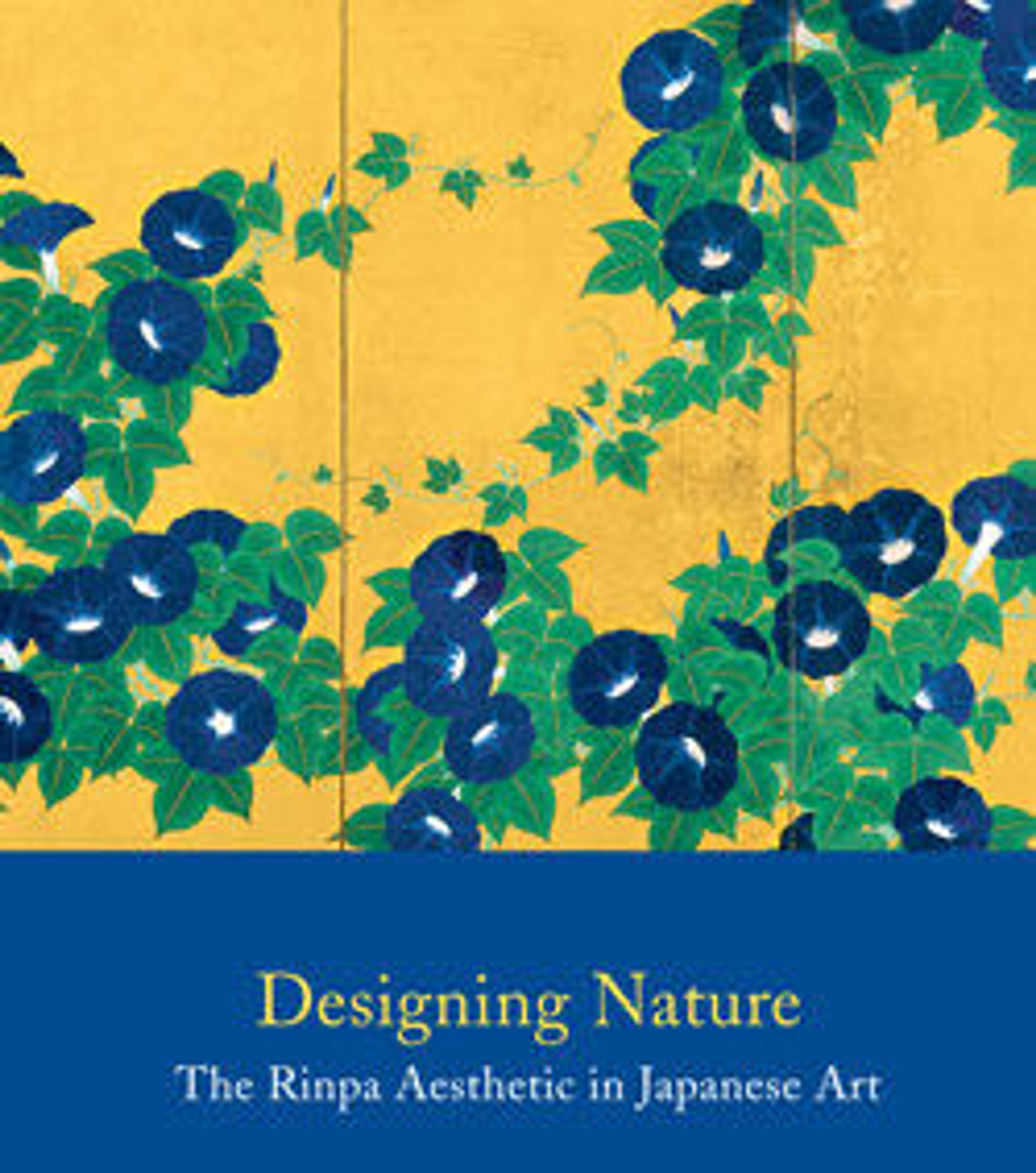Ten Oxherding Songs
Ten waka (poems of thirty-one syllables) describing the various stages of spiritual awareness, from the initial search to final realization, are couched in the classic Zen parable Ten Ox-Herding Songs, which likens this vigorous human quest to the often comic vicissitudes of a herdboy in pursuit of an elusive ox. The courtier-calligrapher Karasumaru Mitsuhiro rendered the Zen theme in a style that reflects the aristocratic tradition of personally expressive writing on decorated paper.
The poems, Mitsuhiro’s own, are based on a set by a fifteenth-century monk at Tōfukuji, an important Zen temple in Kyoto. Following a common literary practice, Mitsuhiro personalized the poems by making slight changes to their wording, each change alluding to classical sources. Mitsuhiro also subtly altered the standard sequence of accompanying pictures. The style of the calligraphy is influenced by that of Mitsuhiro’s teacher, Hon’ami Kōetsu (1558–1637), who with Mitsuhiro was instrumental in reviving the aesthetics of Heian-period (794–1185) art in the early seventeenth century.
Mitsuhiro was a major figure in the circle of the politically enfeebled but artistically influential Emperor Go-Mi zunō-ō (1596–1680).
The poems, Mitsuhiro’s own, are based on a set by a fifteenth-century monk at Tōfukuji, an important Zen temple in Kyoto. Following a common literary practice, Mitsuhiro personalized the poems by making slight changes to their wording, each change alluding to classical sources. Mitsuhiro also subtly altered the standard sequence of accompanying pictures. The style of the calligraphy is influenced by that of Mitsuhiro’s teacher, Hon’ami Kōetsu (1558–1637), who with Mitsuhiro was instrumental in reviving the aesthetics of Heian-period (794–1185) art in the early seventeenth century.
Mitsuhiro was a major figure in the circle of the politically enfeebled but artistically influential Emperor Go-Mi zunō-ō (1596–1680).
Artwork Details
- 烏丸光広筆 十牛図歌賛図巻
- Title: Ten Oxherding Songs
- Artist: Karasumaru Mitsuhiro (Japanese, 1579–1638)
- Period: Edo period (1615–1868)
- Date: ca. 1634
- Culture: Japan
- Medium: Handscroll; ink on dyed paper with stenciled decoration in gold and silver
- Dimensions: 11 3/4 x 107 in. (29.9 x 271.8 cm)
- Classification: Paintings
- Credit Line: Purchase, Friends of Asian Art Gifts, 1986
- Object Number: 1986.142
- Curatorial Department: Asian Art
More Artwork
Research Resources
The Met provides unparalleled resources for research and welcomes an international community of students and scholars. The Met's Open Access API is where creators and researchers can connect to the The Met collection. Open Access data and public domain images are available for unrestricted commercial and noncommercial use without permission or fee.
To request images under copyright and other restrictions, please use this Image Request form.
Feedback
We continue to research and examine historical and cultural context for objects in The Met collection. If you have comments or questions about this object record, please contact us using the form below. The Museum looks forward to receiving your comments.
